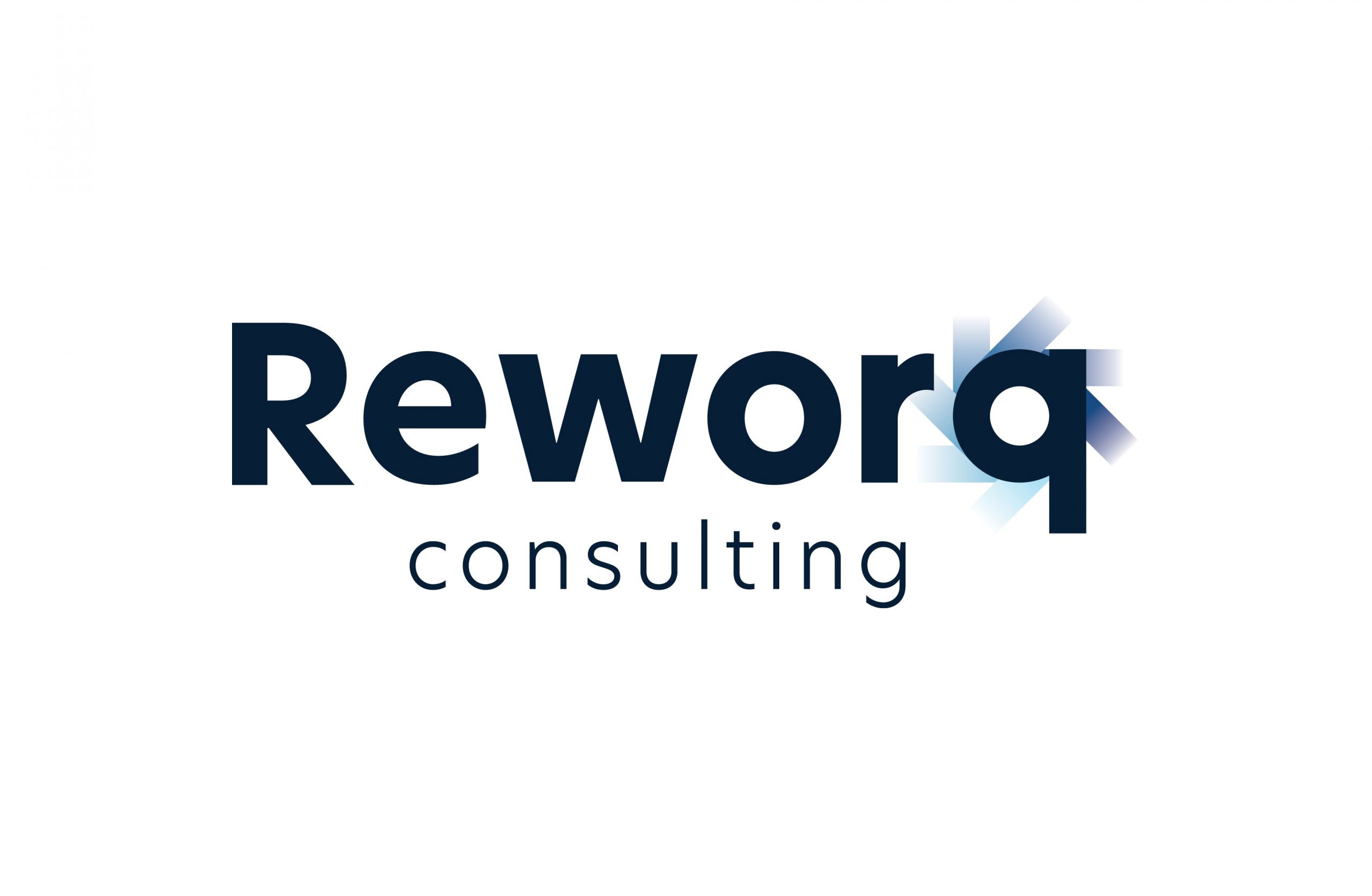Businesses must constantly evolve and adapt to meet a variety of challenges and to avoid stagnation or failure. Change Management is not just a process; it is a guide that helps businesses become more efficient, stronger, and innovative. However, the change narrative can be a complex process that requires careful planning, co-ordination, and participation – which provides valuable insights into the challenges (and opportunities) that arise during times of change.
An entirely unique set of challenges, risks, and processes comes with each of these change items. There is one (1) word that best describes the process of implementing change to old processes, workflows, or systems, and that word might be “chaos”. But here’s great news: an effective Change Management process exists as part of your Strategic Plan to organise and orchestrate that “chaos” to yield sustainable, positive results.
By creating a human-centred plan for Change Management, this will help your organisation to increase stakeholders and employees’ buy-in and alleviate potential problems before they escalate. Understanding the Change Management process from different perspectives is the key to implementing successful change initiatives. Therefore, the Change Management Framework is a critical component of change because it provides a structured, consistent, and measurable change environment that can be used across an organisation.
What is Change Management?
Change occurs in organisations every single day and it does not just automatically happen!
Any major change or series of change initiatives within an organisation will create a certain amount of disruption. Organisations may be resistant to change due to fear of “sinking costs”, as employees may have emotional investments in old habits, processes, workflows, and systems. The change and the reason for change – needs to be communicated clearly, honestly, and frequently.
The Association of Change Management Professionals (ACMP) has defined Change Management as the following:
“The practice of applying a structured approach to transition an organisation from a current state to a future state and to achieve expected benefits”.
Association of Change Management Professionals (ACMP)
Change Management is a systematic approach that includes dealing with the transition or transformation of organisational goals, core values, processes, and technologies. The purpose of an Organisational Change Management (OCM) initiative is to successfully implement strategies and methods for effecting, controlling, and mitigating change: whilst helping people to accept, adapt and embrace change.
What is the Change Management Process?
The Change Management Process refers to the stages involved in any Change Management strategy and its implementation. It guides organisational change to fruition, from the earliest stages of conception and preparation, through implementation and, finally, to resolution. The purpose is to implement strategies for effecting change, controlling change, mitigating change, and helping your people to adapt to change.
Change processes have a set of starting conditions (Point A) and a functional endpoint (Point B). The process in between is dynamic and unfolds in stages. Having a strategy and actionable steps helps transformations become successful and ensure that all internal / external factors are considered.
Change Management Terminology
As a discipline, Change Management has evolved to include elements that help reduce the negative impact of change on organisations. The differences between these four (4) elements include:
Change Management Model
A Change Management Model is a pre-built structure (based on concepts, theories, and methodologies) that provide an in-depth approach for an effective Change Management Process within an organisation. The aim is to provide a guide to making changes, navigating the transformation process, and ensuring that your changes are not only accepted, but put into practice.
Change Management Process
The Change Management Process is a methodical approach for planning, implementing, and overseeing change within an organisation. It involves identifying the need for change, planning and analysis, stakeholder engagement, designing the change, implementing, monitoring and evaluation, gathering feedback, and sustaining the change within the organisation’s culture.
The change process is designed to help organisations and individuals manage change transitions effectively, with minimising disruption and resistance (by employees) while optimising the benefits of new change.
Change Management Plan
A Change Management Plan is an outline that serves as the Strategic Roadmap defining clear and concise steps an organisation will take to implement and execute their Change Management Process. The purpose is adopting the use of tools required to minimise the impact a change can have on the business, employees, customers, suppliers, and other important stakeholders.
Change Management Strategy
A Change Management Strategy provides a framework and guidance on how changes are identified, evaluated, approved, and implemented. It describes specific ways in which an organisation addresses its change in goals, processes, or technology. The goal of establishing an effective Change Management Strategy is to minimise negative effects of change and to keep project scope in check.
Why your organisation needs an effective Change Management Process?
Change Management is about managing people and navigating the path towards change success. Who will conduct the new procedures and processes following the change initiative? Your employees!
A ”top-down” approach of single-handedly making widespread changes in an organisation and then imposing this initiative on employees is counterproductive. An individual employee contribution in the workplace enhances or disrupts the entire workflow. Employees may not object outright to the change, but they may be reluctant to commit or drive an initiative to completion.
Your employee’s acceptance and rejection of the Change Project will influence its outcomes and the goals identified by the Change Management Team. Any shift away from the normal day-to-day work activities sometimes evokes unfavourable reactions from people. Most employees would rather do things the way they have always been done (no matter how mundane) and favour resistance, rather than try a new and innovative approach; it is all due to ”fear of the unknown”.
Communicate the “WHY?” behind the Change
Simply communicate the “WHY?” behind the change by helping employees overcome their fear with manging the change transition effectively and selling the benefits (for all) – a ‘top-to-bottom’ strategic vision, purpose, and cultural process driven by your Executive Team, through Key Stakeholders, Managers, and then throughout the entire organisation.
Successful Change Management begins with carrying each (and every) person in the organisation throughout the Change Management Process. With introducing effective procedures and processes, this motivates the most efficient employees in any organisation. It is your key area of responsibility to help employees by providing your support, information, training, their involvement, and introduce appropriate rewards to feel valued; and committed enough to engage fully with change.
Change Management – 4 Principles
When commencing a Change Management process, keep these four (4) principles in mind as you prepare to execute your Change Plan.
1. Don’t try to please everyone!
Not everybody is going to like change, and that is okay! Instead, spend your focus, energy, and time on the people who are going to support the change and why you must implement the change.
2. Change takes time to engage a new mindset
Your C-Suite Executives and Leaders need to constantly reinforce change by repeating the same visual messages. Making change takes cognitive effort, and your employees are more likely to engage in that change effort but only if they have had the opportunity to think, understand the WHY? behind the change, and learn about the benefits.
3. Visibility is critical and non-negotiable
Upon review, most people often approach change by doing what they see everyone else doing. Research into Change Management indicates that 80% of people are “fence-sitters”. They do not really care one way or the other about the change. This poor attitude begins to transcend only when the people around them start to engage and embrace the change, then guilt kicks in and they actively start supporting the change.
4. Executive Management leads by example
If your C-Suite Executives, Leaders, or Senior Managers are not visibly actioning and supporting change, then it is not going to happen! Likewise, if your employees believe that Management are not seen following through or supporting change, then they will resist the change at every single opportunity.
How to recognise the critical steps in implementing your Change Management strategy?

Distinct types of organisational changes require different actions, so you need to be aware whilst undergoing the Change Planning Phase. Before taking up any change, think about why the change needs to be made and consider the obstacles you may forecast or encounter during the Change Implementation Phase.
The first critical step in implementing Change Management methodology is the formulation of your Change Management strategy. This strategy provides direction for your Executive Management Team with making informed commercial decision-making and is the commencement of the project or change, with describing ”WHO” and “HOW” it will impact the organisation.
The Change Management strategy also contributes to the formulation of the Change Management Plan recommended by Change Management ”best practice”. Therefore, each of the subsequent Change Management Plans and subsequent activities are guided by an effective Change Management strategy.
Change Team Structure & Roles
The Change Team Structure identifies who will be doing the Change Management work and the specific roles (segregated) assigned to the individual team members. Additionally, it outlines the working relationship between the Project Team and the Change Management Team. A typical team structure will encompass the following:
- Change Manager – role function within a Project Team.
- Change Management Team – centralised team (internal) that supports a Project Team.
- Change Management – responsibility is an assigned role to one (1) of the Project Team members.
The critical importance of a Change Team Structure is to be specific (key accountability) when assigning Change Management responsibilities and resources into a Project Team.
Sponsor Partnership & Support
The Sponsor Partnership describes the combination of Leaders and Managers who agree and support the change initiative, and actively engaged in leading the change. The Primary Sponsor is the person who authorises, activates, and champions the Change Request. This person must be visibly engaged in the change throughout the entire project lifecycle but seeking active support of additional sponsors across the organisation.
When looking to create the Sponsor Partnership, you need to identify the key stakeholders (the Leaders) of the business units that will be impacted by the change. It is the sole responsibility of each member of the Sponsor Partnership to build support and communicate the change with their respective groups, whilst been visibly engaged.
Plan for Resistance to Change
In creating a strategy for Change Management and with any new project introduction, you need to anticipate and identify where resistance can be expected within your project scope.
- Are certain business units or divisions impacted differently than other areas?
- Were these groups suggesting a different solution or method to the same problem?
- Are certain groups more heavily invested with how tasks are being done today?
- What are the resistance points from each group and its relationship to the change?
Once you have identified this resistance, you can effectively plan with your team on how to overcome adversity but before the change initiative begins.
Change Risk Assessment
The change characteristics and organisational attributes are related to the risk of not managing the people side of change on a particular project. Thereby, the importance of introducing an effective Change Risk Assessment process. By introducing dramatic changes that reach further across the organisation and that impacts individuals and groups, with both adverse histories and cultures that resist change, then you will encounter a higher level of Risk Management.
In developing the Change Management Strategy, the Change Management Team will document the overall risk and specific risk factors. The business units or groups identified in the strategy should each be addressed in the Communication Plan. A part of the Sponsorship Roadmap identifies and forms the core steps for building and maintaining the Sponsor Partnership.
Summary
A thoughtful but measured process is the key to Change Management and to help your team successfully adapt to any change. Each change affects how people do their role; each change varies in terms of adoption and rate of utilisation. The most effective way to support change in your organisation is to remember that change is a team effort – and then develop processes that help achieve the collaborative buy-in that you need to achieve success.
Change for the sake of change is not beneficial for any business but with a clear strategy and committed purpose, an organisation can initiate Change Management that directly benefits the business. To enable a smooth transition for Change Practitioners, Project Teams, and Vendor Partners, an organisation must engage a robust Change Management Plan and mitigate any potential risks and resistance to change.
Change is an essential ingredient to help your organisation succeed. As you grow, you will invariably need to implement new tools, challenge internal processes, try new strategies, or break into new markets. Without proper planning, trying to implement Organisational Change Management (OCM) can lead to chaos, confusion, and reduced business velocity. Instead, you need to roll out your strategic changes carefully and make the transition (as seamless as possible) with an effective Change Management process.
Need some guidance on your next steps? Let’s start a conversation…



